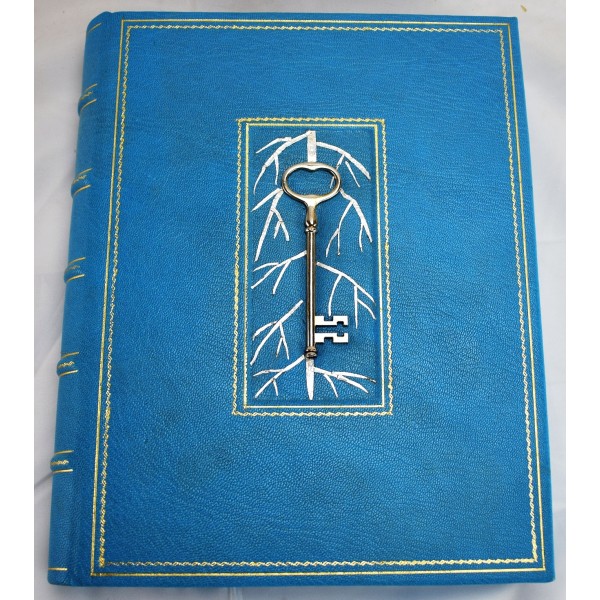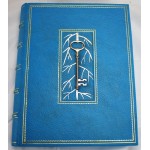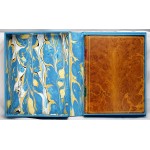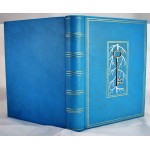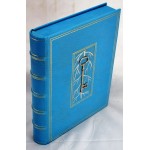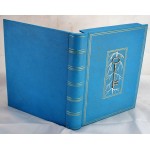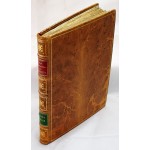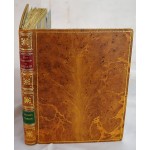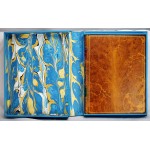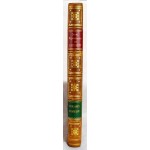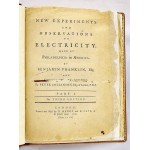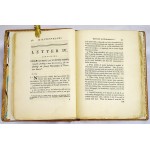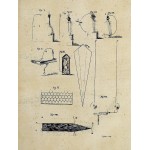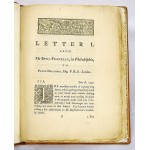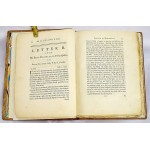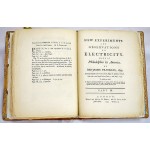New Experiments and Observations on Electricity: Made at Philadelphia in America 3 Parts in 1
New Experiments and Observations on Electricity: Made at Philadelphia in America 3 Parts in 1
Benjamin Franklin
3 parts bound as 1. Part I: 1760 and Part II: 1762, 3rd edition. Part III, 1754, 1st edition.
Fine binding. Bound in modern tree calf leather. Cover leather has been acid stained to approximate a lightning strike. Gilt spine, red and green moroccan leather spine labels. Gilt dentelle. Housed in a custom-made electric blue leather clamshell case. A silver key has been inlaid into the front board of the case. Silver lightning shoots out of the key. Beautiful hand made marbled endpapers in both the book and case.
Collated: 86, 1plate., 87-109, 110-154 pp, 1 illustration. Marginal chipping with loss to of title page and end page. Contemporary notations in the margins of Part I reflecting Franklin's later corrections. 4 leaves are in facsimile: p. 13-14, 85-86, the ad page, and the plate in Part I.
Printing and the Mind of Man calls Franklin's work "the most important scientific book of eighteenth-century America". Franklin's experiments showed conclusively that lightning is electrical and he further deduced the positive and negative nature of an electrical charge. "The most dramatic result of Franklin's researches was the proof that lightning is really an electrical phenomenon. Others had made such a suggestion before him - even Newton himself - but it was Franklin who provided the experimental proof. In 1752 Franklin flew a kite in a thunderstorm and attached a key to its string. In this experiment he collected electric charges in a Leiden jar and showed that atmospheric and frictional or machine-made electricity are the same...His reputation as a scientist was immediately established by the publication of the results of his researches in a series of letters addressed to Peter Collinson, a London merchant and naturalist..." (PMM). Franklin was given the Copley Medal, equivalent of the Nobel Prize, in 1753 for his work in electricity described in this book. An extremely important book in the history of science.
Refs:
Dibner 57; Horblit 31a; Howes F320; PMM 199 (referencing the 1751-54 1st
edition in 3 parts); Ford 79, 95, 97 (this edition); Sabin 25559. Also see the Smithsonian Institution's digital version (Dibner) of the Heralds of Science and Heralds of Electricity and Magnetism.
